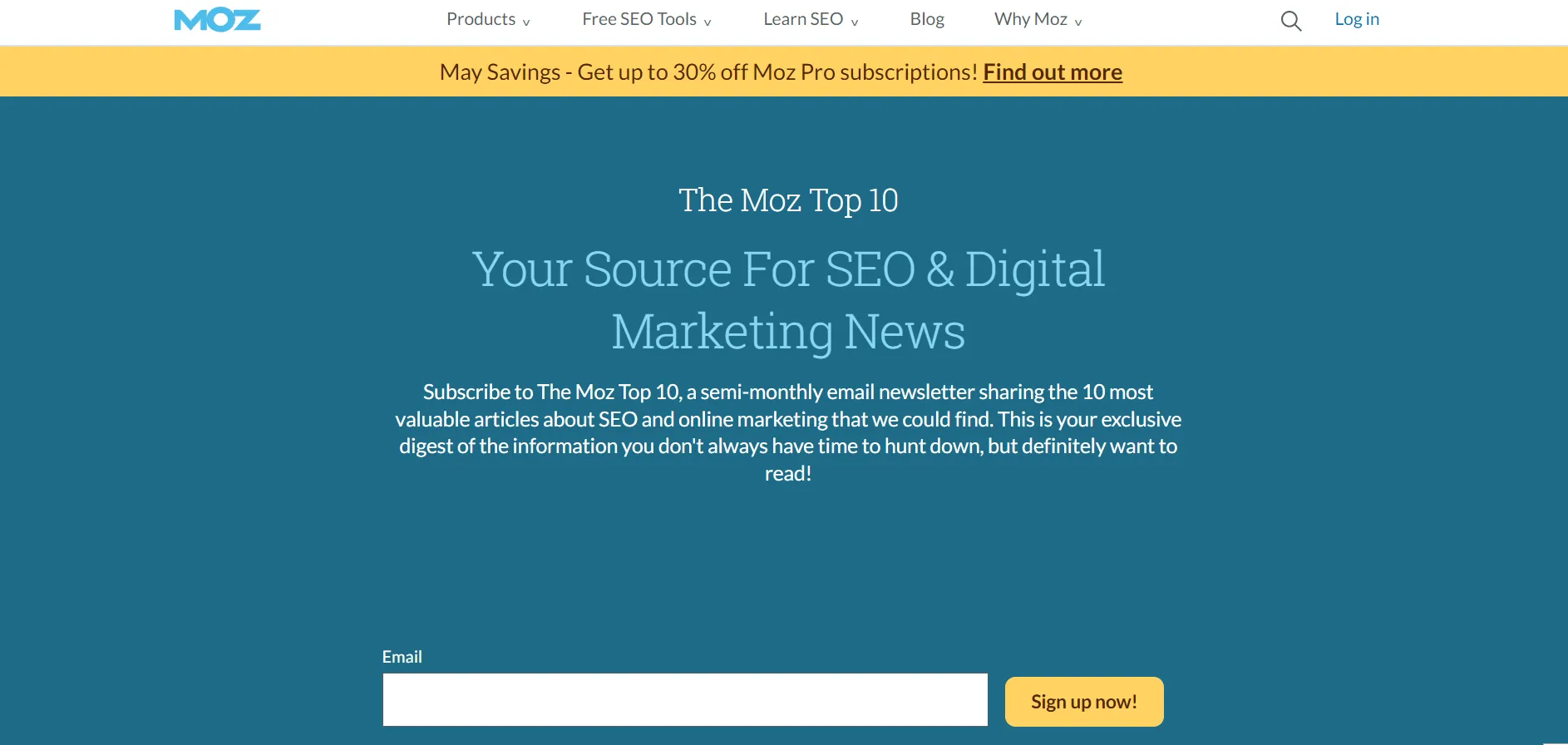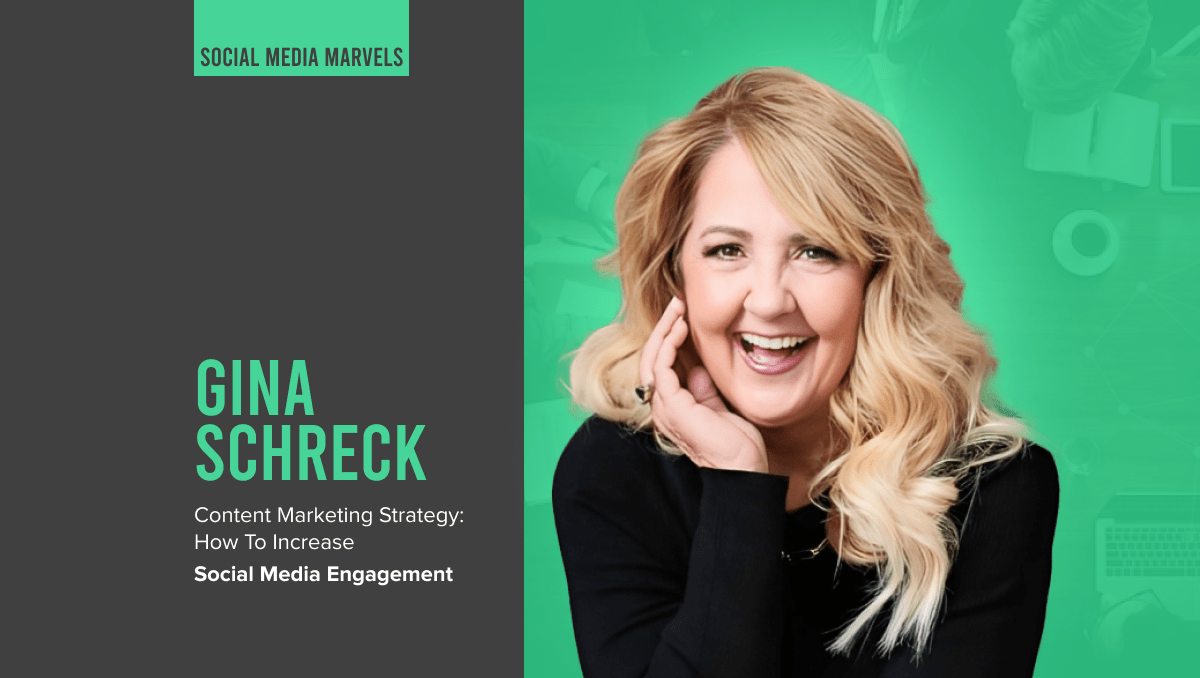More About Newsletter
One would have to agree that a newsletter, particularly in the digital age, is an important means of establishing engagement, communication, and information sharing. Business newsletters also help build trust and credibility among the target audience, leading to improved brand loyalty and long-term relationship-building with customers.
So, what is a newsletter? A newsletter is a written/electronic report shared among a target audience, mainly members, clients, and subscribers. This regular publication is disseminated via email to subscribers who have opted for updates, information, or news of some kind from a specific individual, business, or other organization.
Essentially, a newsletter is aimed at creating value and connecting with the subscribers.
Though it is difficult to identify the first user of a social media newsletter, ‘The Electronic Memorandum,’ curated by Ray Tomlinson in 1971, can be considered the first email newsletter.
Today, brands and businesses use newsletters to inform subscribers about relevant news, information, promotions, or other events. It can be a valuable medium to make and maintain strong relationships with customers.
How often do brands send out newsletters? Businesses can send out newsletters on a regular schedule, like weekly, monthly, or quarterly based on the sender’s requirements and the audience’s preferences. Typically, the best frequency is at least once a month or twice weekly. Newsletters can also be shared as links and social media posts.
Now that you have gained clarity about newsletters and their use cases among brands, let’s delve into the key features of a newsletter. A newsletter is always
- Informative and relevant, comprising news, tips, advice, and trends.
- Shared regularly, such as weekly, monthly, or bi-weekly to keep subscribers notified and engaged.
- Appealing, well-designed, and easily readable, with a clear format, images, fonts, and headings.
- Integrating a call-to-action (CTA) that motivates subscribers to specific actions, such as visiting a webpage, purchasing, or sharing with others.
- Tailored for a personalized touch based on the interests and preferences of a particular subscriber or audience segment.
- Including easy opt-in and opt-out options for subscribers to ensure adherence to privacy laws and to focus on subscribers’ preferences. Such features are also useful to track engagement and measure the effectiveness of a campaign.
- Optimized to be mobile-friendly for easy viewing and reading on small screens.
Several brands’ websites invite browsers and customers to subscribe to their newsletters. For instance, the following image is from the Moz website, asking the audience to subscribe to ‘The Moz Top 10’ bi-weekly roundup with insightful marketing content.



